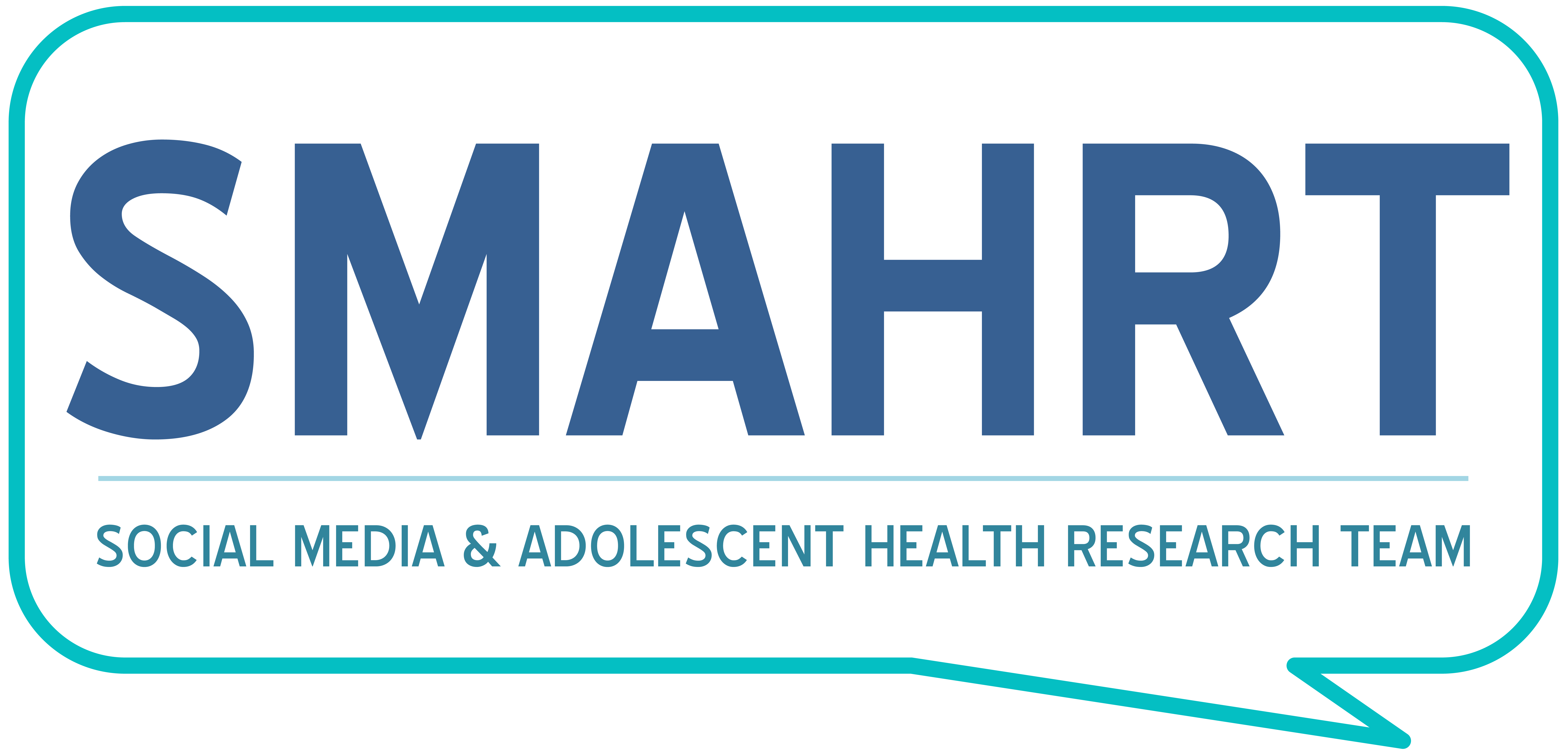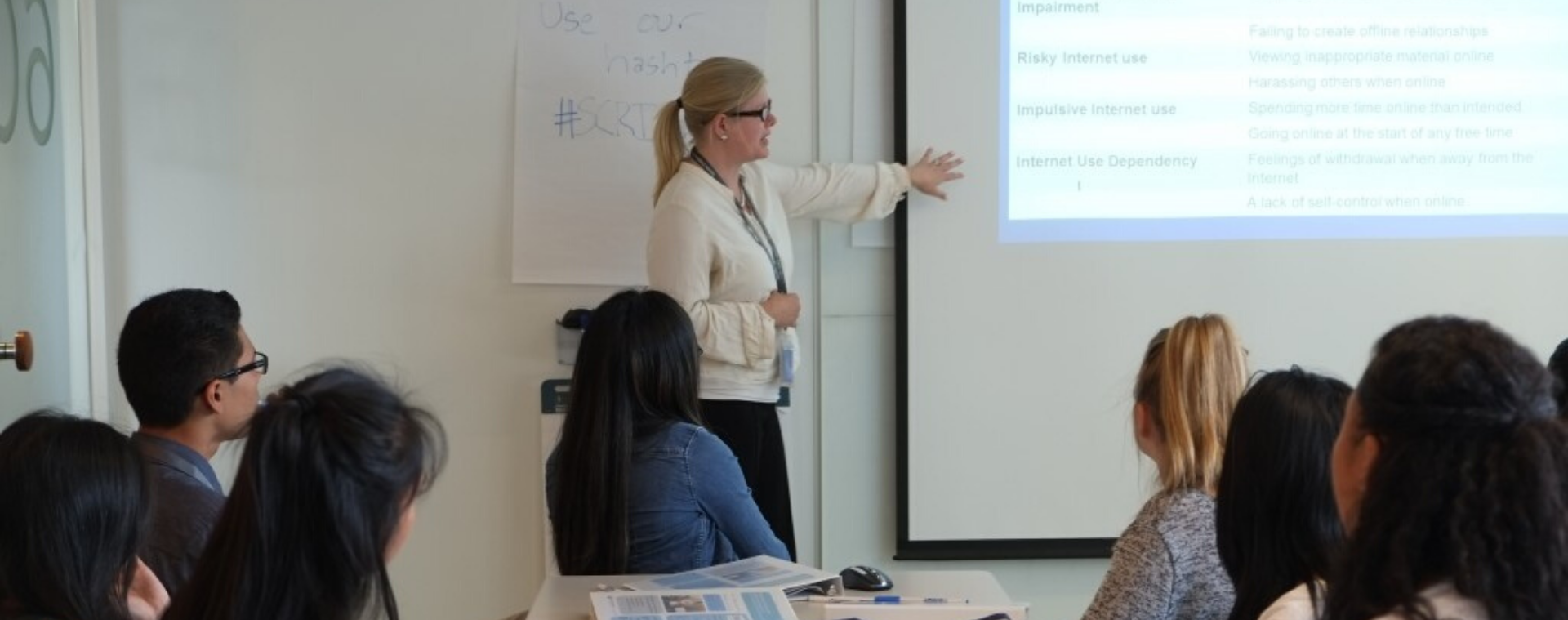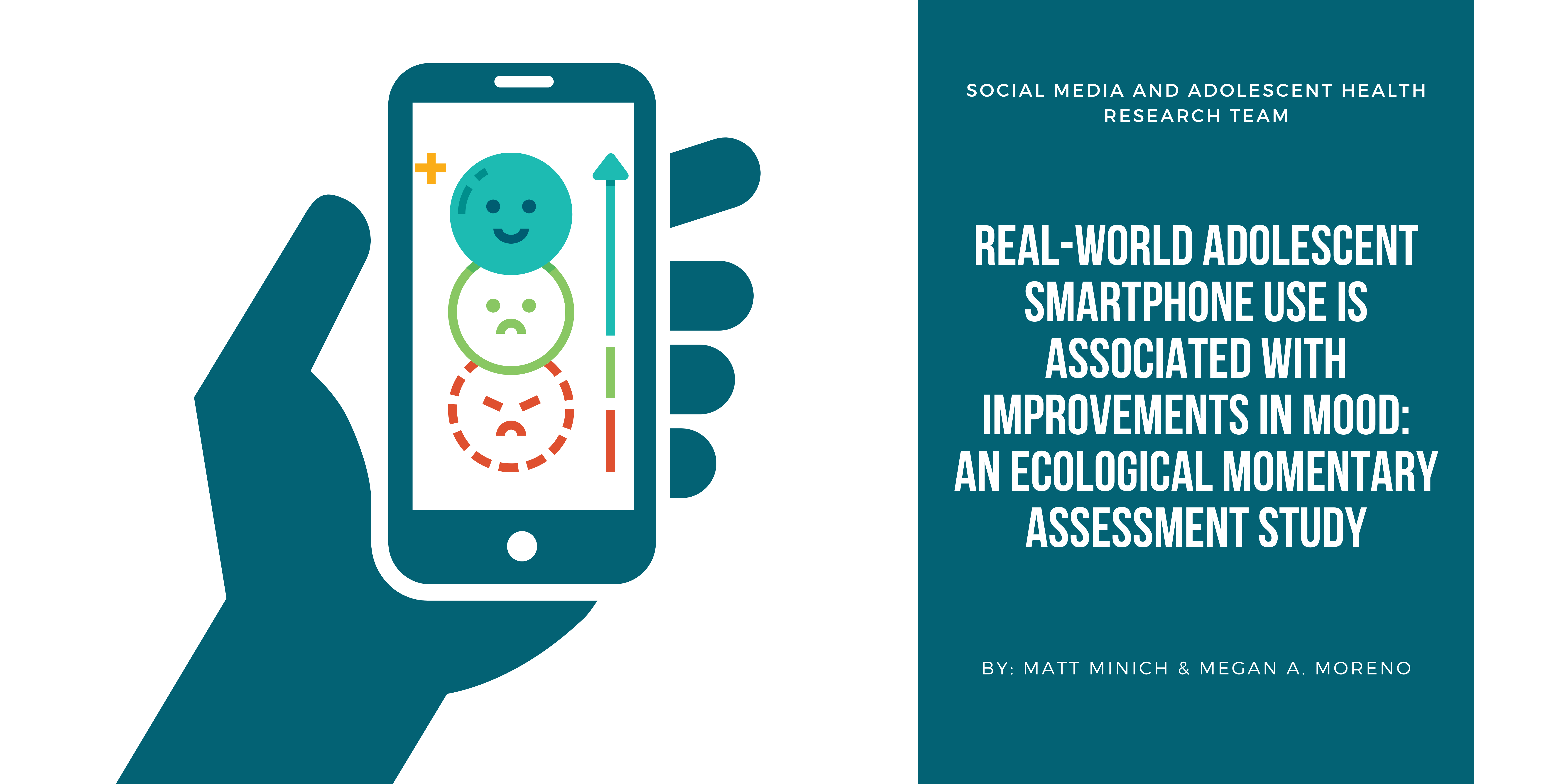Drs. Matt Minich and Megan Moreno recently published a research study in PLOS ONE titled “Real-world adolescent smartphone use is associated with improvements in mood: An ecological momentary assessment study.”
A group of 253 adolescent participants completed an Ecological Momentary Assessment (EMA) procedure that measured their smartphone use and mood. The study was among the first to explore the relationships between smartphone use and mood in a real-world setting.
What is ecological momentary assessment?
Ecological momentary assessment (EMA) in a research approach that allows researchers to collect information from participants in real-time and in their own environments. This study used EMA to send participants prompts to their smartphone at random times of day (9 a.m. to 9 p.m.) with information about smartphone use and mood.
What did they find?
Results showed that participants reported higher (better) moods when using smartphones than when not using smartphones. Participants also reported that their moods had improved during smartphone use.
What else has SMAHRT done to understand adolescent mood and smartphone use?
A similar study published in the Journal of Cyberpsychology, Behavior, and Social Networking found that adolescents experienced the largest mood boosts while using their smartphones to listen to music, podcasts, or audiobooks.
What do these results mean?
These results suggest that adolescents can experience short-term improvements in mood while using smartphones. This is consistent with a view of smartphones as mood management or mood modification tools.


